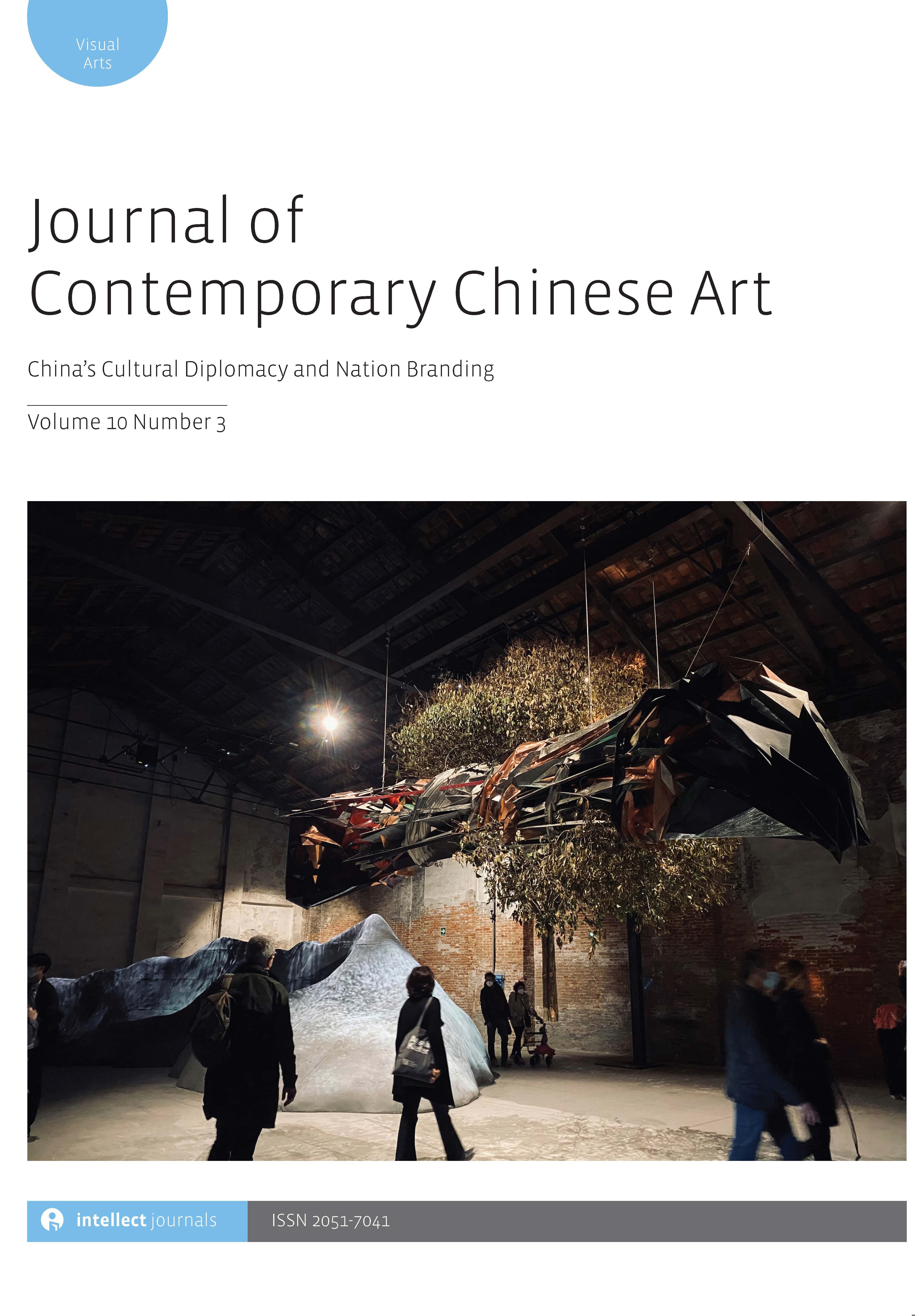-
f China’s cautious ‘facetuning’: The art of cultural diplomacy and nation branding1
- Source: Journal of Contemporary Chinese Art, Volume 10, Issue 3, Nov 2023, p. 255 - 265
-
- 08 Dec 2023
- Previous Article
- Table of Contents
- Next Article
Abstract
This introduction for the Special Issue establishes and substantiates China as a timely case study for the understanding of cultural diplomacy and nation branding. It traces the country’s mobilization of creative expressions, including contemporary art, to recalibrate its international image in line with its expanding power, but also more often, to offset what it perceives as hostile representations and critique of its authoritarian rule. We first disentangle the overlapping objectives and strategies between cultural diplomacy and national branding, then how they are rendered through artistic expressions to both redeem and – sometimes unintentionally – undermine China’s reputation. Finally, we mark the relationship between the assembled papers which explore a variety of cultural diplomacy and nation branding activities that have emerged out of different artistic traditions, geopolitical contexts and economic motivations. These papers pursue diverse themes, for instance, the misalignment of nationalist branding messages and actual cultural relations on the ground, or the shifting of China’s external image as dictated by the evolving agenda of the Chinese Communist Party. The particularities of these approaches and discoveries, nevertheless, coalesce to underscore that knotted relationship between politics and aesthetics which China must manage and manipulate continually to sway global perception.
Funding
- United Kingdom’s Arts and Humanities Research Council (Award AH/T006706/1)



